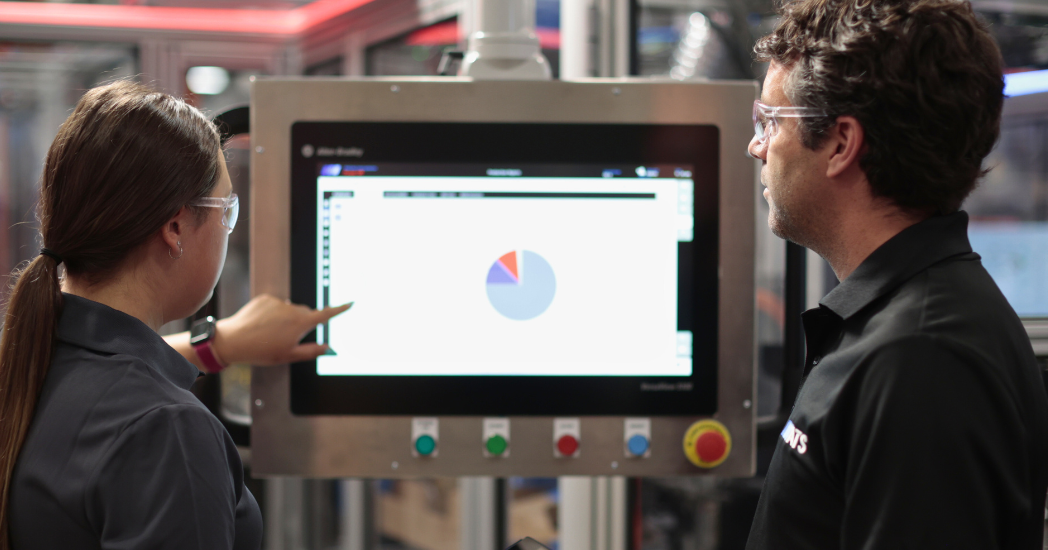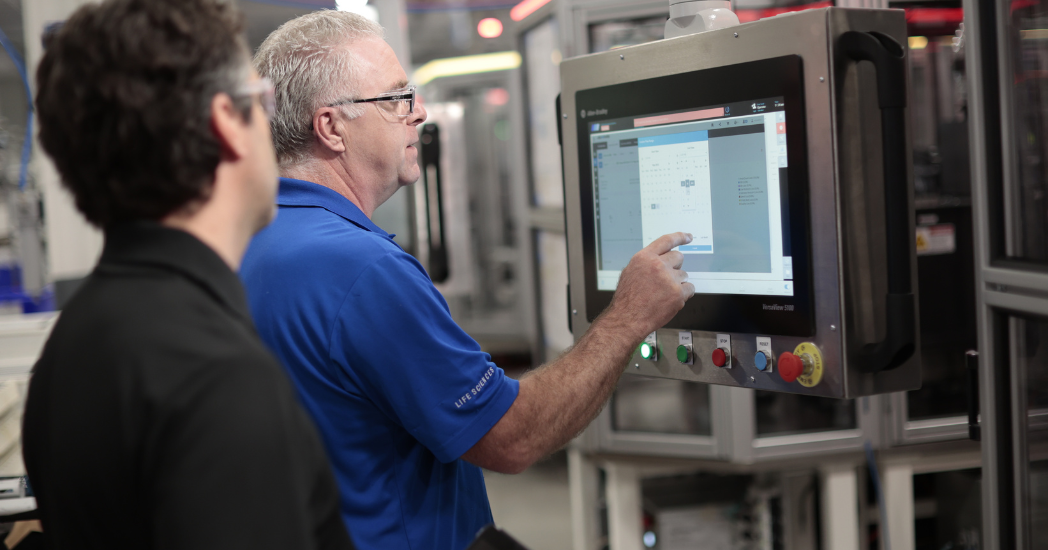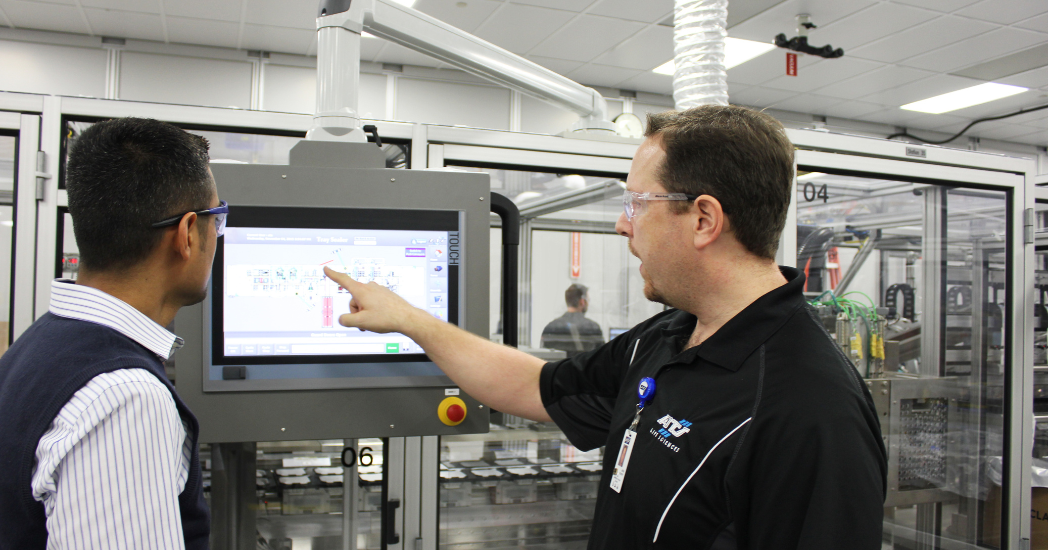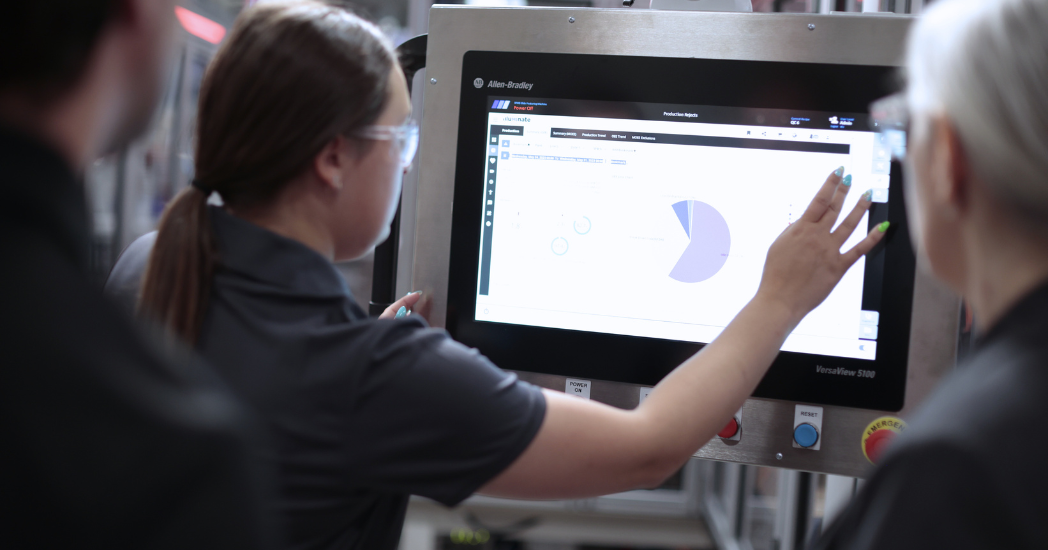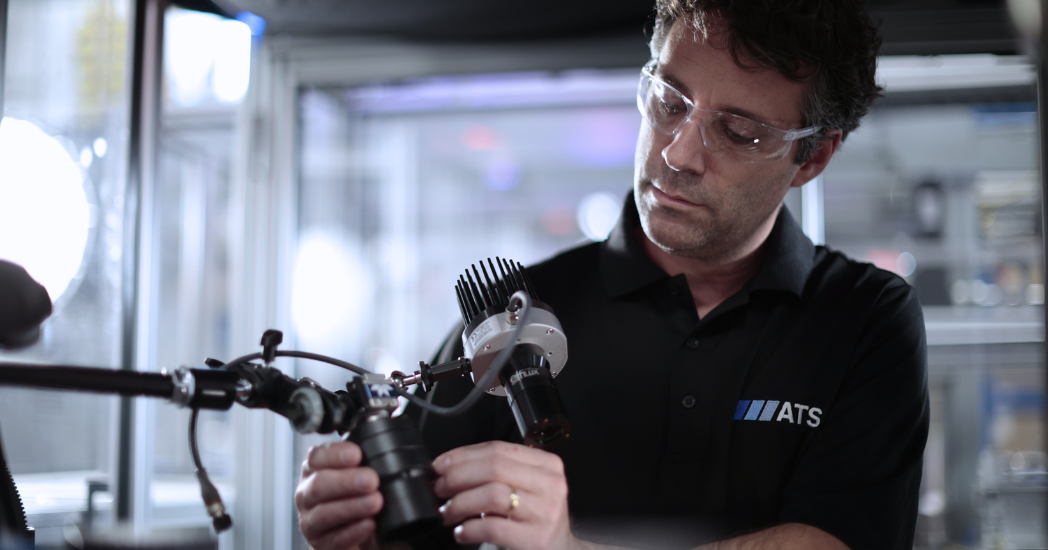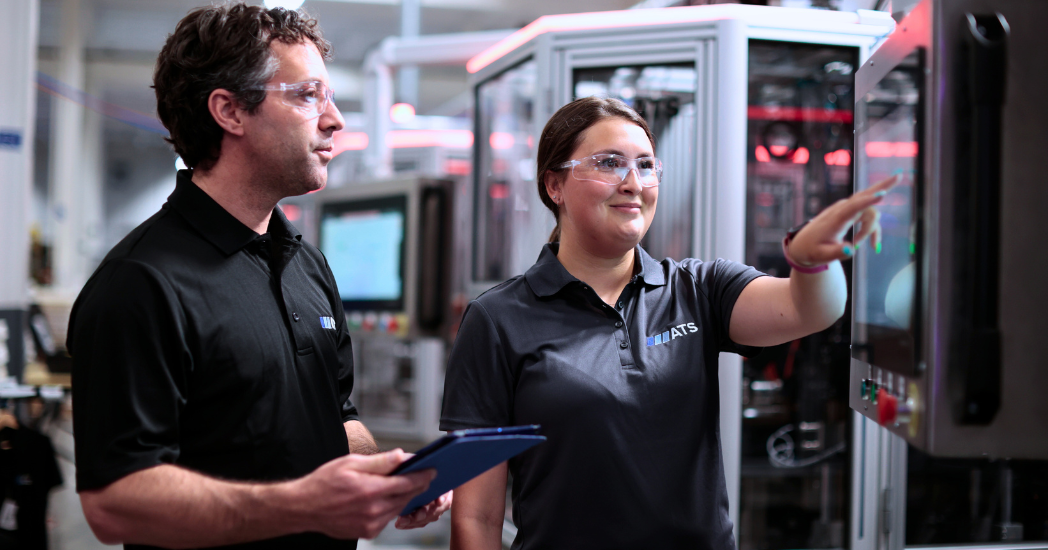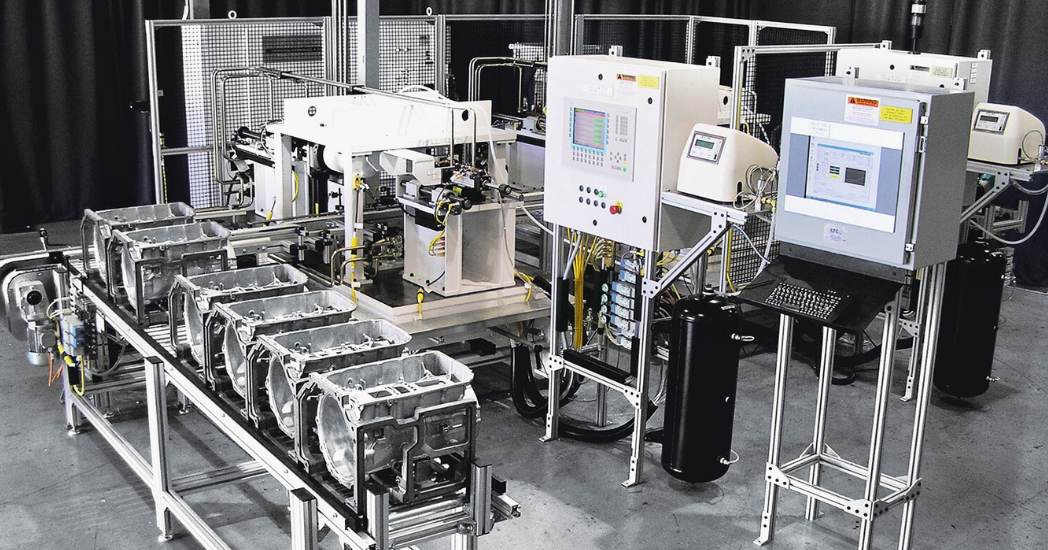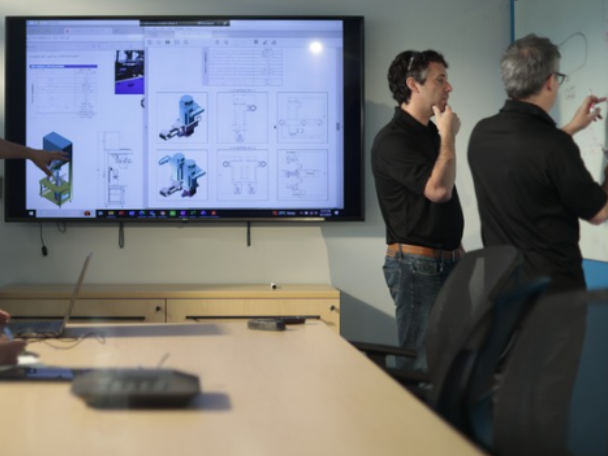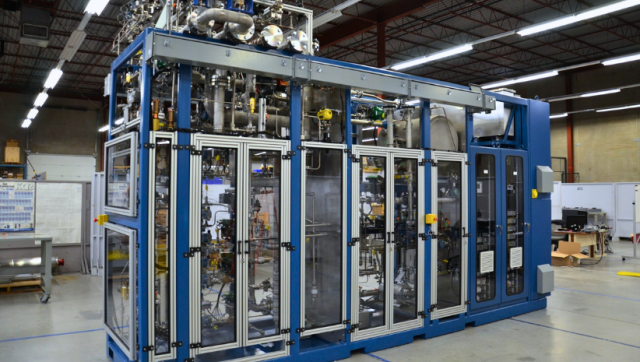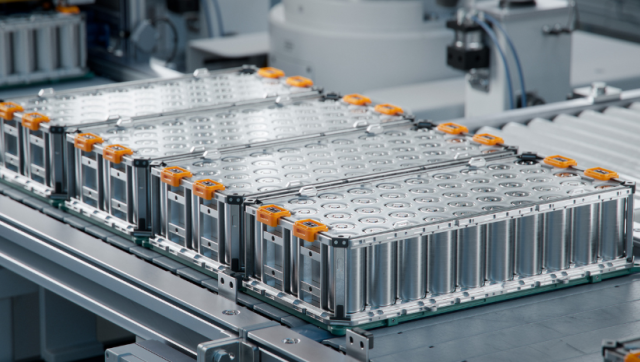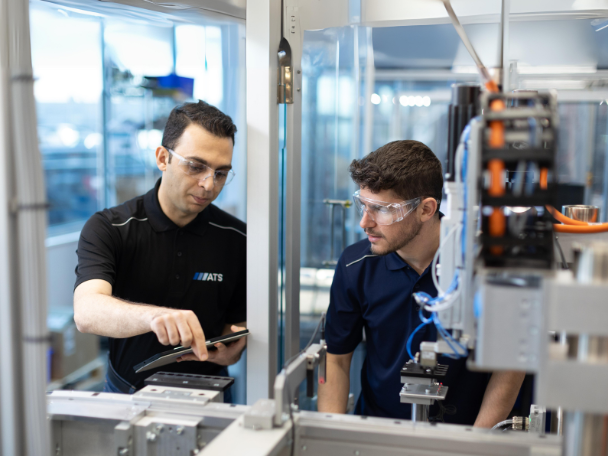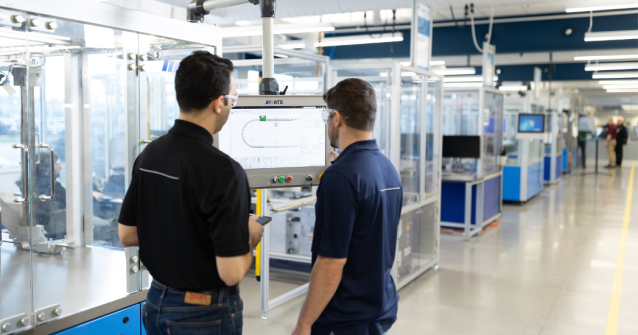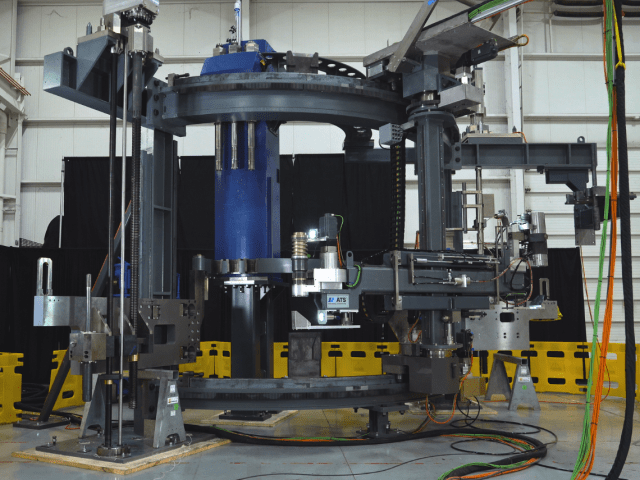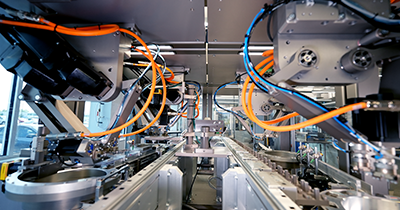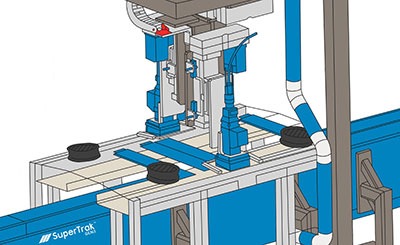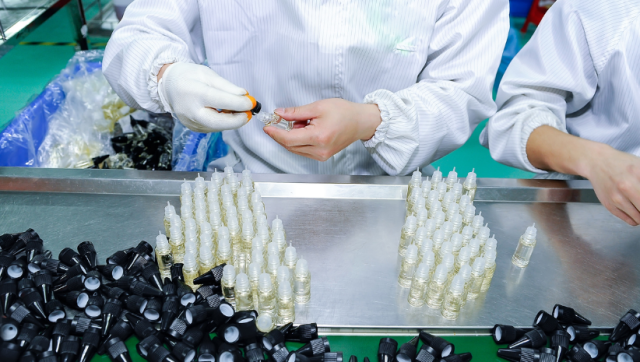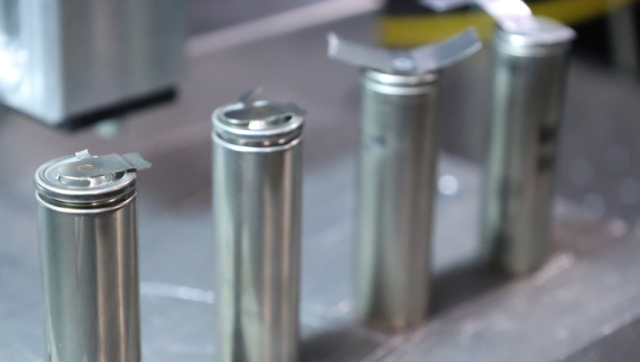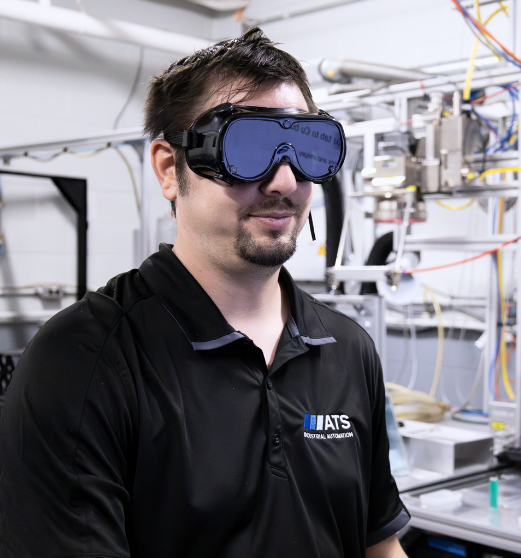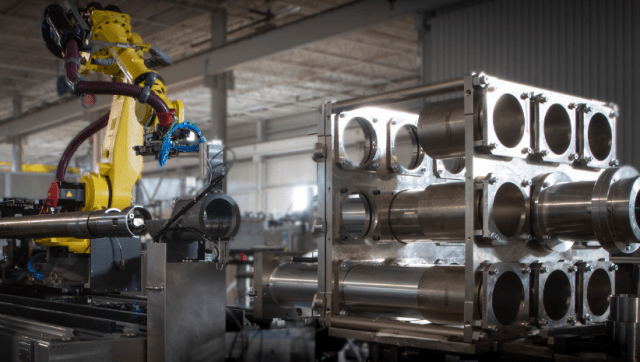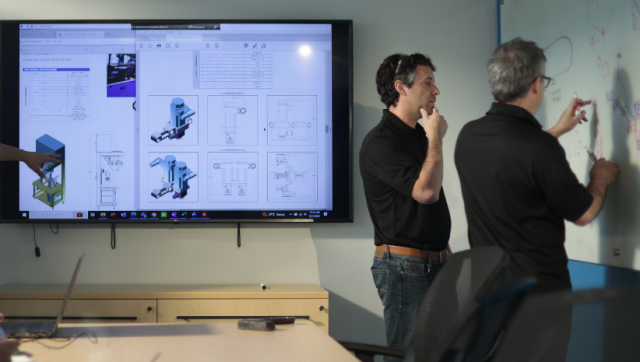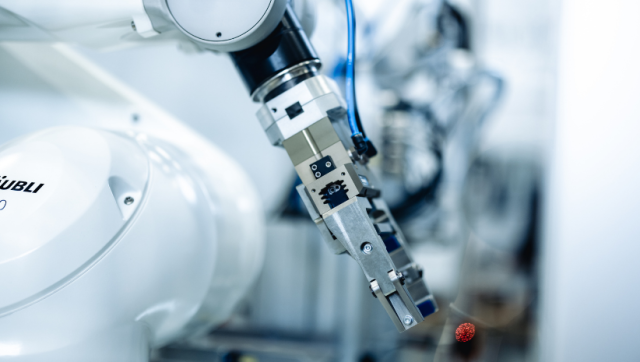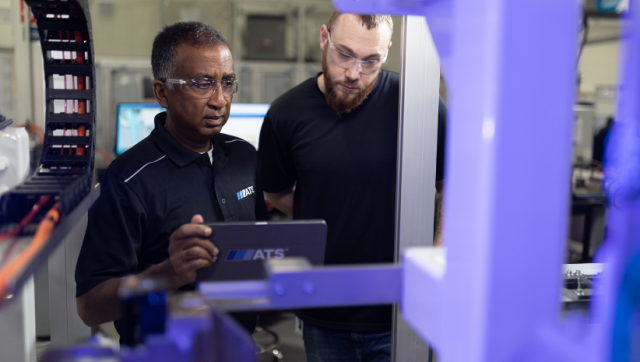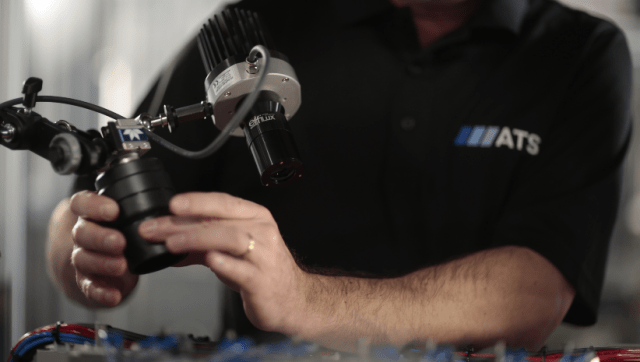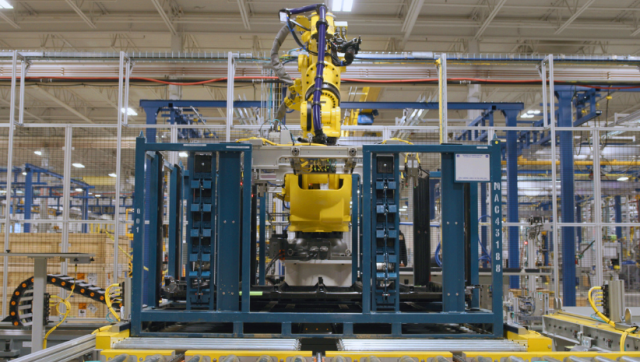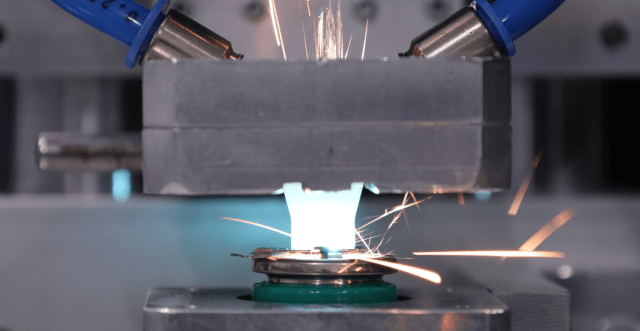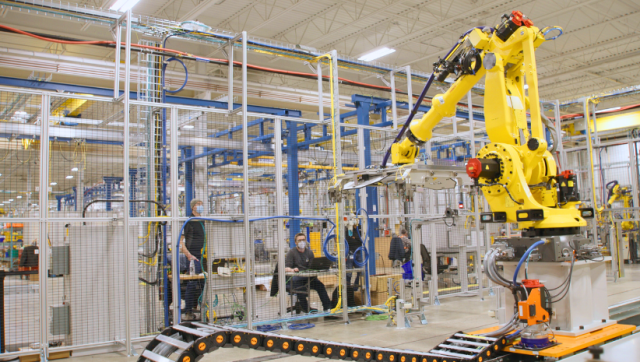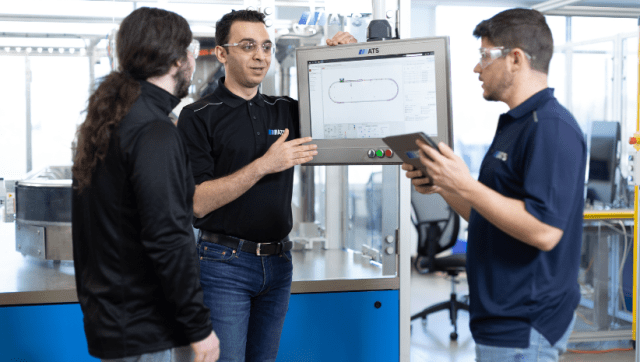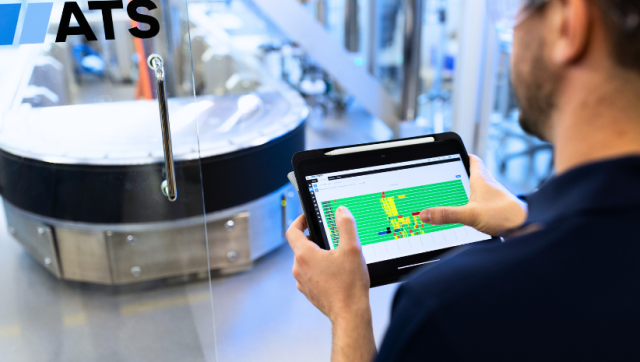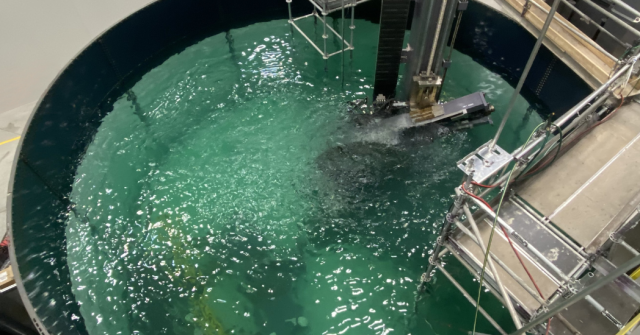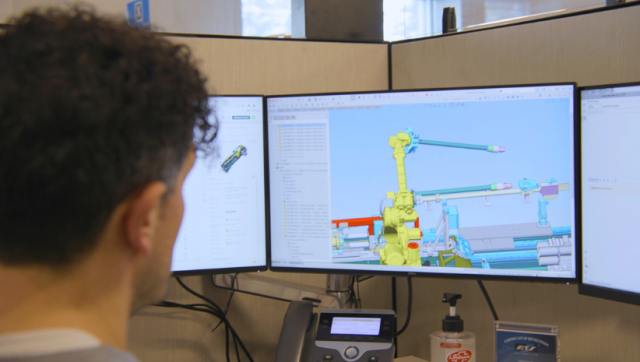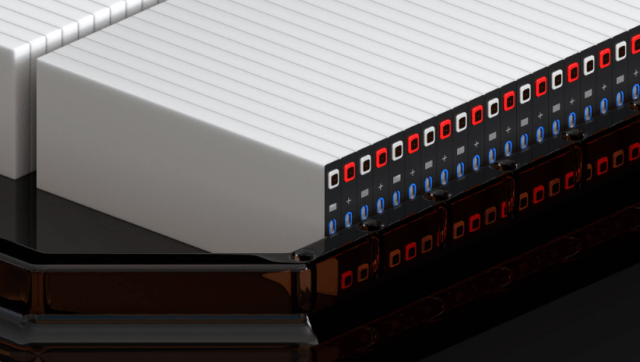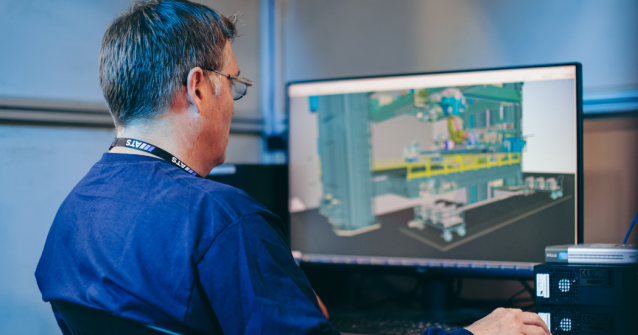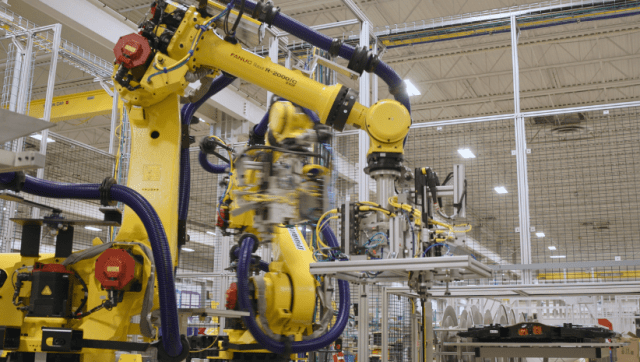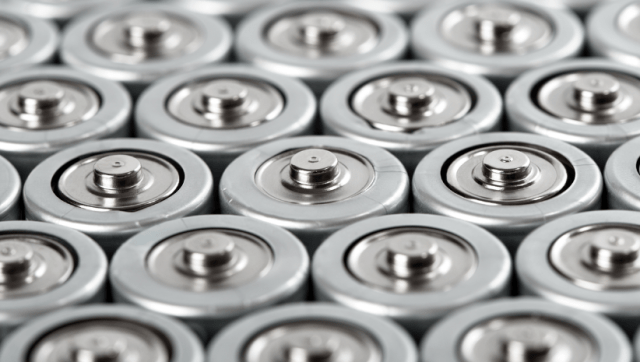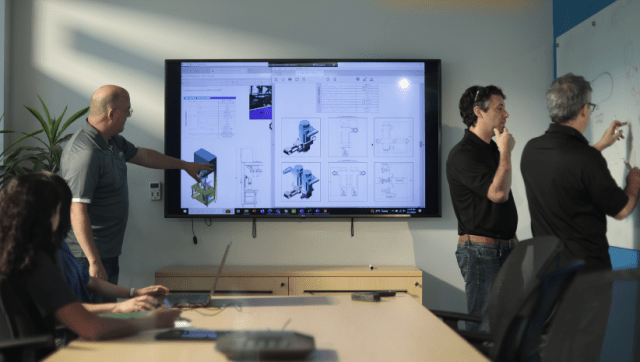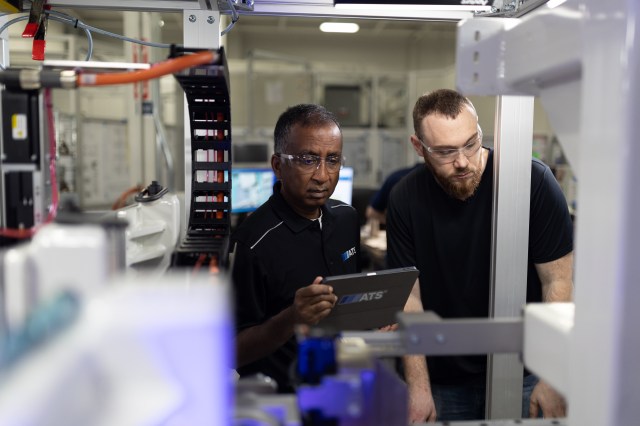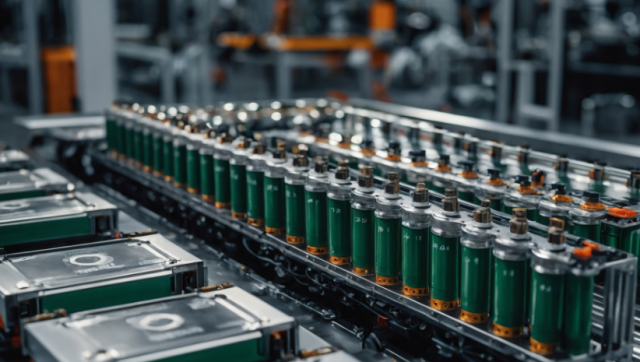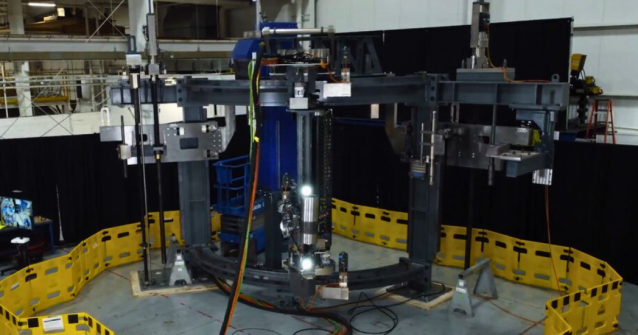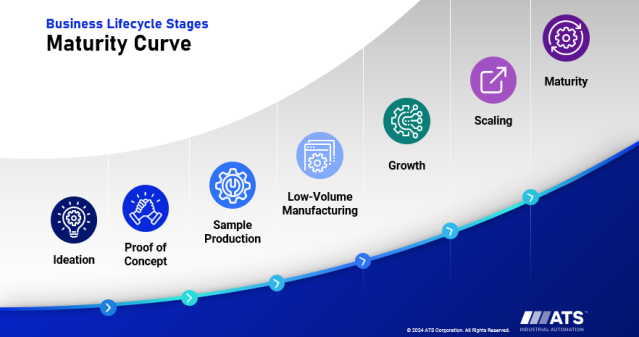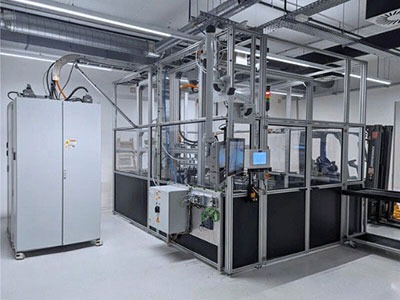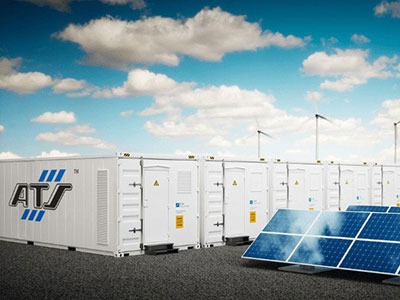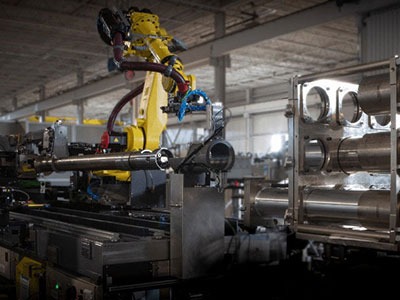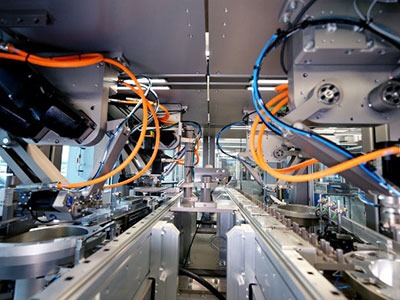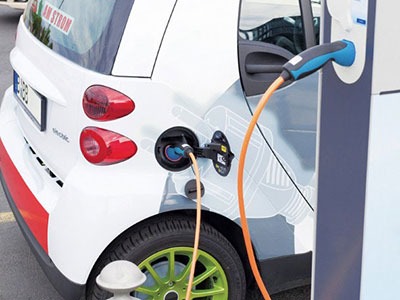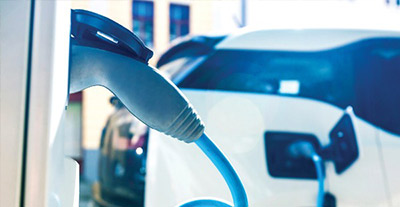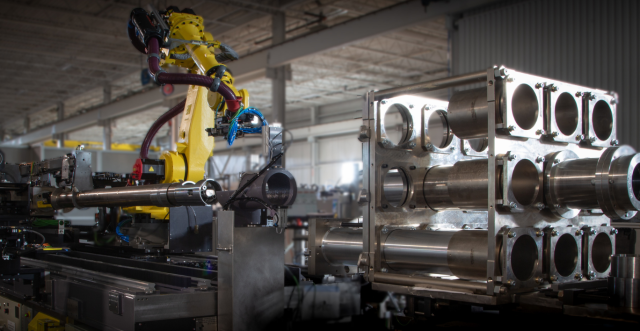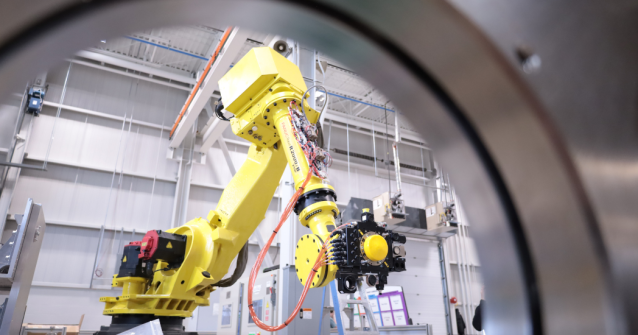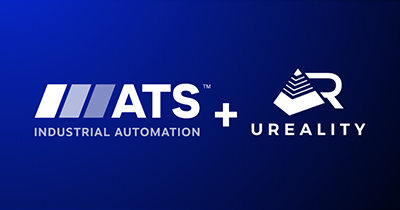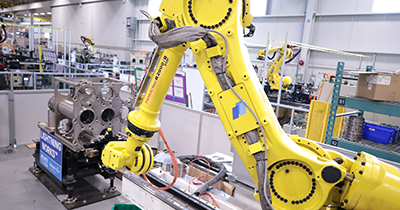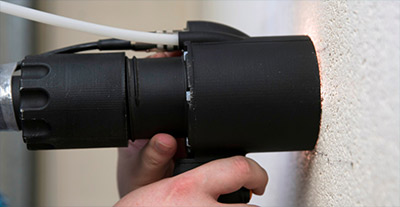
We provide reliable and automated fluid dynamic and environmental testing solutions to validate product integrity and safety. We have over 40 years of engineering and testing experience across the automotive, energy, consumer, and industrial sectors. We offer a variety of fluid dynamic testing from standard flow test solutions using gases and liquids for a variety of testing applications, including custom pressure isolation, pressure/flow signature analysis, temperature/humidity control and leak testing.
From concept to implementation, we provide unmatched support in identifying, optimizing, and implementing fluid dynamic testing procedures and process controls for the highest levels of quality assurance and operational excellence.
Customer Challenges
Controlling and measuring the testing parameter to the required accuracy and repeatability.
Optimizing testing and identifying where and when in manufacturing to conduct in-process and end-of-line testing.
Reducing cost of testing, minimizing cycle times without compromising test quality.
Managing variability of multiple product designs and form factors.
Every testing project is unique. Allow us to listen to your challenges and share how automation can launch your project on time.
What Are Fluid Dynamics Tests?
Fluid dynamics testing encompass a range of testing methodologies used to measure behavior of fluids – either gases or liquid- in motion. The tests include environmental considerations such as temperature and humidity to measure the efficiency, performance, and safety of systems and components that operate with or are affected by fluid flow.
Customer Benefits
In-Line and End-of-Line Testing
Comprehensive testing including electrical, mechanical, leak, and communication tests to identify, remove and address problems early.
Scale
Deliver high-throughput, consistent and repeatable testing through automation.
Streamlined Escalation
Efficient online service escalation to minimize downtime.
Cost Competitive
One complete solution provider.
Fluid Dynamics Process Control Using Gas
Gas Flow Control – Flow Parameter
Control flow tests validate that a product or system is operating correctly by testing how a gas moves through a part. The tests evaluate crucial parameters such as the flow rate for accuracy and consistency. Gas flow control tests are used in the energy industry to test fuel cells, electrolyzers, and turbines. The automotive industry use it to test turbochargers, cooling systems, and engine performance.
Gas Flow Control – Pressure Parameter
Maintaining precise pressure control is crucial for engine performance and safety. Automotive, aerospace, and energy companies use the gas flow control pressure parameter to evaluate pressure drops, pressure fluctuations over time, and pressure differentials. It is used to test hydrogen production in electrolyzers, efficient reactant supply in fuel cells, and battery cooling systems in electric vehicles (EVs).
Gas Flow Control – Relative Humidity Parameter
Relative humidity parameter measures moisture content, relative humidity levels and their effects on flow rate and pressure. This test helps control humidity in EV cooling systems to prevent condensation on electric components. Fuel cell manufacturers use this test to prevent membrane dehydration, which can reduce performance, or membrane flooding, which can block flow and reduce efficiency.
Gas Flow Control – Temperature Parameter
Temperature fluctuations impact product performance, efficiency, and component integrity. EV battery manufacturers use temperature control systems to ensure thermal management of batteries and electronics to prevent overheating and maintain battery longevity. This test is also used to maintain proper temperature control of fuel cell reactants.
Fluid Dynamics Process Control Using Liquid
Fluid Process Control – Flow Parameter
A flow parameter test measures the volume of fluid passing through a point in the system. These tests are used for the cooling systems of EVs, evaluating the flow of hydrogen and oxygen in fuel cells, and managing water input and hydrogen/oxygen output in electrolyzers.
Fluid Process Control – Pressure Parameter
A pressure parameter test measures various pressure-related parameters such as pressure drop, static pressure, dynamic pressure, and total pressure to assess the efficiency and safety of systems or products. Used to test battery cooling systems and hydraulic systems in EVs, reactant supply or heat management of fuel cells, and the water supply and gas collection of electrolyzer systems.
Fluid Process Control – Temperature Parameter
A temperature parameter test assesses how temperature variations affect product or system efficiency, reliability, and safety. This test evaluates temperature gradients, expansion, heat transfer, and fluid temperature. It is used for battery cooling systems and power electronics cooling in EVs, thermal management and reactant conditioning in fuel cells, and electrolysis efficiency and component durability in electrolyzer components.
Fluid Process Control – Conductivity Parameter
A conductivity parameter test measures the electrical conductivity or insulating properties of a liquid. This test ensures the fluid in fuel cells is non-conductive for the efficient transfer of energy to fuel cell plates to generate electricity. It is also used to measure electrolysis efficiency with a higher conductivity leading to a more efficient process.
Leak Testing
Leak testing verifies that systems are free from leaks that could compromise performance, safety, or environmental standards. Common tests include pressure or vacuum decay and differential flow, bubble tests or helium leak tests. A Helium Mass Spectrometry (HMS), or He/H2 mass spectrometry, detects and locates the smallest leaks. Leak testing can be used to ensure coolant systems maintain EV battery temperatures or to detect leaks in electrolyzers. Bubble leak tests can also be performed by submerging components in water to detect escaping gases. Together, these leak tests verify system and product integrity and safety across many applications.


